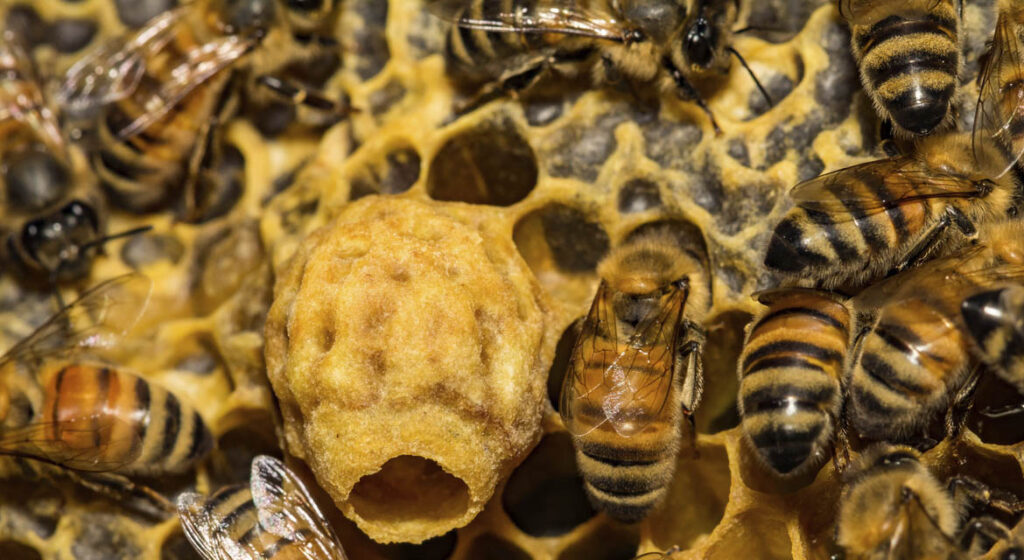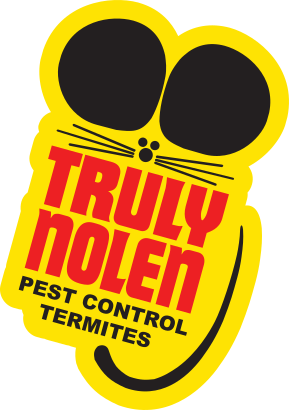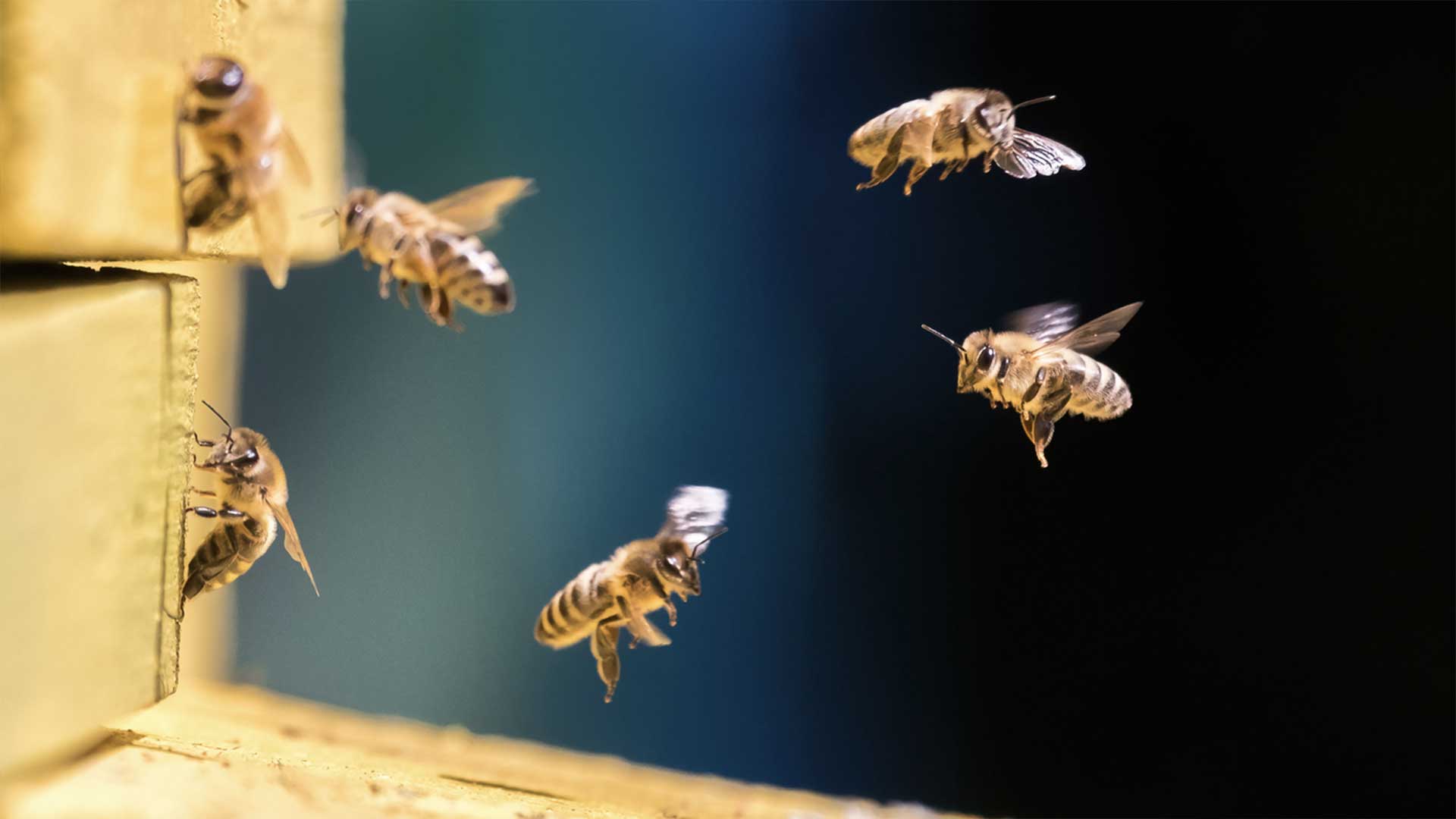
Can I Remove a Bee Hive on My Own?
Are you considering removing a beehive on your own? While it may seem like a straightforward task, there are several important factors to consider before taking on the challenge. Beehives serve a crucial role in supporting bee populations and ecosystem health, but there are circumstances where their removal becomes necessary. Here are three key points to remember:
- Assess the risks involved in DIY beehive removal, considering potential stings, allergic reactions, and property damage.
- Ensure personal safety by acquiring the necessary protective clothing, bee smoker, and hive removal tools before attempting beehive removal.
- Adopt bee-friendly practices, such as relocation or involving local beekeepers or pest control experts, to minimize harm to the bees and their colony during the removal process.
What Is a Beehive?
A beehive is a home for bees, built for their protection and sustenance. It consists of numerous combs made of wax, which are used for storage and as nurseries for their young. The honey produced by bees is essential for their survival, and beehives are designed to allow easy storage and access to this vital resource.
There are many different types of beehives or bee nests, but they all share some basic characteristics. Each hive typically has one or more entranceways for bees to come and go and an internal structure made up of combs and other components. These components can include frames, foundations, and supers, which are all used to support the combs and make it easier to manipulate them.
Bees work together to create their hives. The process of building a hive begins with scout bees searching for a suitable location. Once they find the right spot, the worker bees begin to build the comb structure, which will house the larvae and honey stores.
While beehives are important for the survival of bees, they can also cause structural damage to buildings if they are not properly managed. If you’re wondering how to get rid of a beehive, be sure to consult with an experienced beekeeper or pest control specialist to ensure that the task is handled safely and effectively.
Reasons for Removing a Beehive
Beehives are not only fascinating structures, but they also play a vital role in pollination and the production of honey. However, there are cases when beehives may become problematic and need to be removed from a particular location. Here are some reasons why you may need to remove a beehive:
1. Safety Concerns
One of the most common reasons for removing a beehive is safety concerns. Some bees, such as the Africanized honey bee, can be aggressive and may sting humans and animals when they feel threatened. This can be especially dangerous for individuals who are allergic to bee stings. If a beehive is located in an area where there is a high risk of human or pet interaction, it may need to be removed to prevent injury or harm.

Truly Nolen GUARANTEE
If you’re not completely satisfied, you’ll get a full refund on your most recent service with our 100% money back guarantee.

$50 Off Year Round Pest Control
Truly Nolen is a family-owned company with 85 years of experience providing the best pest control. If you’re not completely satisfied, you’ll get a full refund on your most recent service with our 100% money back guarantee.
2. Structural Damage
Bees can construct beehives in various parts of a building, including walls, attics, and chimneys. Over time, the weight of a bee colony can cause structural damage to a building’s framework, causing problems like sagging ceilings, weakened support beams, and wall cavities. Beehives may also attract other pests like mice, rats, and wax moths that can cause additional damage to a structure. In such cases, bee nest removal becomes a critical and necessary action.
3. Infestations
Sometimes a beehive may get infested with harmful insects or mites. These pests can destroy bee colonies, cause the spread of diseases, and greatly affect a hive’s production of honey. To protect the health and productivity of the bees, it may become necessary to remove the hive and take appropriate preventative measures.
4. Property Management Issues
If you own your house or manage a property, a beehive may present an obstacle when planning renovations. For your own safety and the well-being of the bees, it is advisable to properly remove the beehive before undertaking project activities such as building, painting, or any other form of construction.
Should You Remove a Beehive Yourself?
If you’ve discovered a beehive on or near your property, one of the first thoughts that may come to mind is whether you can remove it yourself. While DIY beehive removal can be tempting, there are both pros and cons to consider before embarking on this potentially dangerous task.
Pros of DIY Beehive Removal
1. Cost-Saving
One of the primary benefits of removing a beehive on your own is the potential cost savings. Professional beekeepers and pest control companies typically charge a fee for their services, which can vary depending on the location, complexity of the removal, and other factors.
2. Immediate Action
By removing the beehive yourself, you can tackle the issue immediately rather than waiting for a professional to become available. This can be especially important if you have a severe allergy to bee stings and need to eliminate the risk of a potential attack as soon as possible.
Cons of DIY Beehive Removal
1. Lack of Experience and Knowledge
Removing a beehive is a complex task that requires a significant amount of experience and knowledge. Without proper training, you may not know how to handle different types of bee species, how to safely remove the hive, or how to minimize the risk of bee stings during the process.
2. Safety Risks
Removing a beehive can be dangerous, particularly if you’re not equipped with the proper gear and tools. Without protective clothing or equipment, you increase the risk of bee stings, which in severe cases, can lead to anaphylactic shock.
3. Environmental Impact
Bees play a vital role in pollinating plants and crops, and removing a hive can have unintended consequences on local bee populations and the environment as a whole. If you’re not careful, you may accidentally harm or kill the bees in the process, contributing to the ongoing decline in bee populations worldwide.
4. Liability Issues
If someone is stung or injured during the removal process, you could be held responsible for any resulting damages or medical expenses. Professional beekeepers and pest control companies typically carry liability insurance to protect against these types of scenarios, which you may not have as a DIY-er.
DIY beehive removal comes with both advantages and disadvantages. While it can save on costs and allow for immediate action, it also carries significant safety risks, requires a specialized skill set, and may have negative environmental and legal impacts. For most people, relying on a professional beekeeper or pest control company is the safer and more practical choice.
When To Call Professionals for Help With Beehives
When it comes to dealing with beehives, there are instances where it is best to seek the assistance of professionals. Here are a few situations in which calling in the experts is highly recommended:
Large or Established Hives
If you come across a large or well-established beehive on your property, it is advisable to call professionals for help. Dealing with a sizable hive can be challenging and potentially dangerous, especially if you lack the necessary expertise and equipment. Professional beekeepers have the knowledge and experience to handle such situations effectively and safely, ensuring the well-being of both you and the bees.
Aggressive Bee Behavior
Bees generally avoid conflict unless they feel threatened or their hive is endangered. If you notice aggressive bee behavior, such as an unusual number of bees buzzing around aggressively or displaying signs of agitation, it’s a sign that professional assistance is warranted. Professional beekeepers can assess the situation, identify the underlying cause of the aggression, and take appropriate measures to address it, ensuring everyone’s safety.
Structural Integration
If a beehive has infiltrated the structural integrity of your property, it is crucial to call professionals for assistance. Bees can establish their hives in walls, ceilings, or other hard-to-reach areas, potentially causing damage and compromising the stability of the structure. Professionals skilled in hive removal can safely extract the hive while minimizing any potential harm to your property.
Allergic Reactions
For individuals with known bee allergies, encountering a beehive can be extremely hazardous. If you or someone in your household has a severe allergy to bee stings, it is essential to involve professionals in handling the beehive removal process. They can employ appropriate safety measures to minimize the risk of stings and ensure the situation is handled in a manner that prioritizes health and well-being.
Understanding the Risks of Beehive Removal
If you find yourself facing a beehive dilemma, it’s advisable to consult local beekeeping associations or pest control services that specialize in bee removal. They’ll assess your situation, provide expert advice, and determine the best course of action for your specific circumstances. Remember, by prioritizing safety, well-being, and the preservation of these essential pollinators, you can make informed decisions and contribute to the overall harmony between humans and bees.

$50 Off Year Round Pest Control
Truly Nolen is a family-owned company with 85 years of experience providing the best pest control. If you’re not completely satisfied, you’ll get a full refund on your most recent service with our 100% money back guarantee.
Frequently Asked Questions
Are bees dangerous?
Bees are generally not aggressive and will only sting if they feel threatened or their hive is disturbed. However, some people may have allergies to bee stings, which can cause severe reactions. It’s important to exercise caution and seek professional help when dealing with bee infestations.
How do I know if I have a bee infestation?
Look for signs such as a high number of bees frequently entering and exiting a specific area, the presence of a visible hive or nest, or an increase in bee activity near your property. Bee buzzing sounds and honeycomb structures may also indicate an infestation.
Can I remove a bee hive on my own?
Removing a bee hive can be dangerous and is best left to trained professionals. Attempting to remove a hive without proper knowledge and equipment can lead to bee stings and potential property damage. It’s advisable to contact a reputable bee removal service for assistance. Learn more about bees
What should I do if I encounter a swarm of bees?
If you come across a swarm of bees, it’s important to remain calm and avoid swatting or provoking them. Keep a safe distance and contact a professional bee removal service who can safely relocate the swarm.
Can carpenter bees damage my property?
Yes, carpenter bees have the potential to cause damage to property. While they do not consume wood like termites or carpenter ants, female carpenter bees excavate tunnels in wood to create nests and lay eggs. Over time, repeated nesting activity can weaken and compromise the structural integrity of wooden structures such as decks, fences, eaves, and other wooden components of buildings. Additionally, the entry holes created by carpenter bees may invite other pests or lead to water damage if left untreated. Prompt identification and appropriate measures to control and repair carpenter bee damage are recommended to protect the property.

